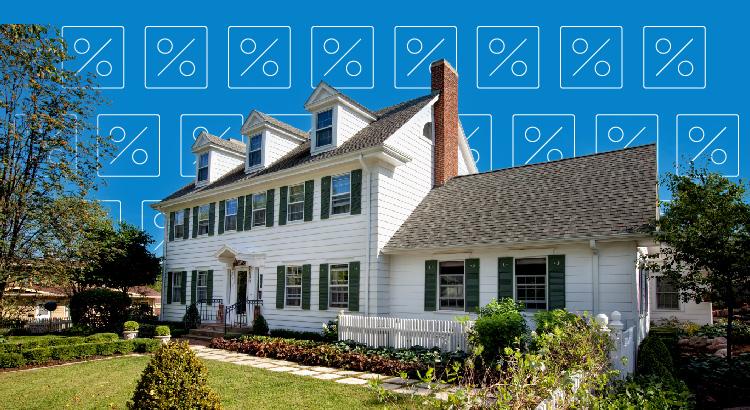
Have you ever stopped to think about how much wealth you’ve built up just from being a homeowner?

Have you ever stopped to think about how much wealth you’ve built up just from being a homeowner?

Experts say rates will come down slightly in the year ahead – but some volatility is expected.

Experts say rates will come down slightly in the year ahead – but some volatility is expected.

Knowing what to budget for when buying a home may feel intimidating — but it doesn’t have to be.

Knowing what to budget for when buying a home may feel intimidating — but it doesn’t have to be.

Let’s face it – life can throw some curveballs.

Let’s face it – life can throw some curveballs.

Wondering what’s in store for the housing market this year?

Wondering what’s in store for the housing market this year?

Trying to decide whether it makes more sense to buy a home now or wait?